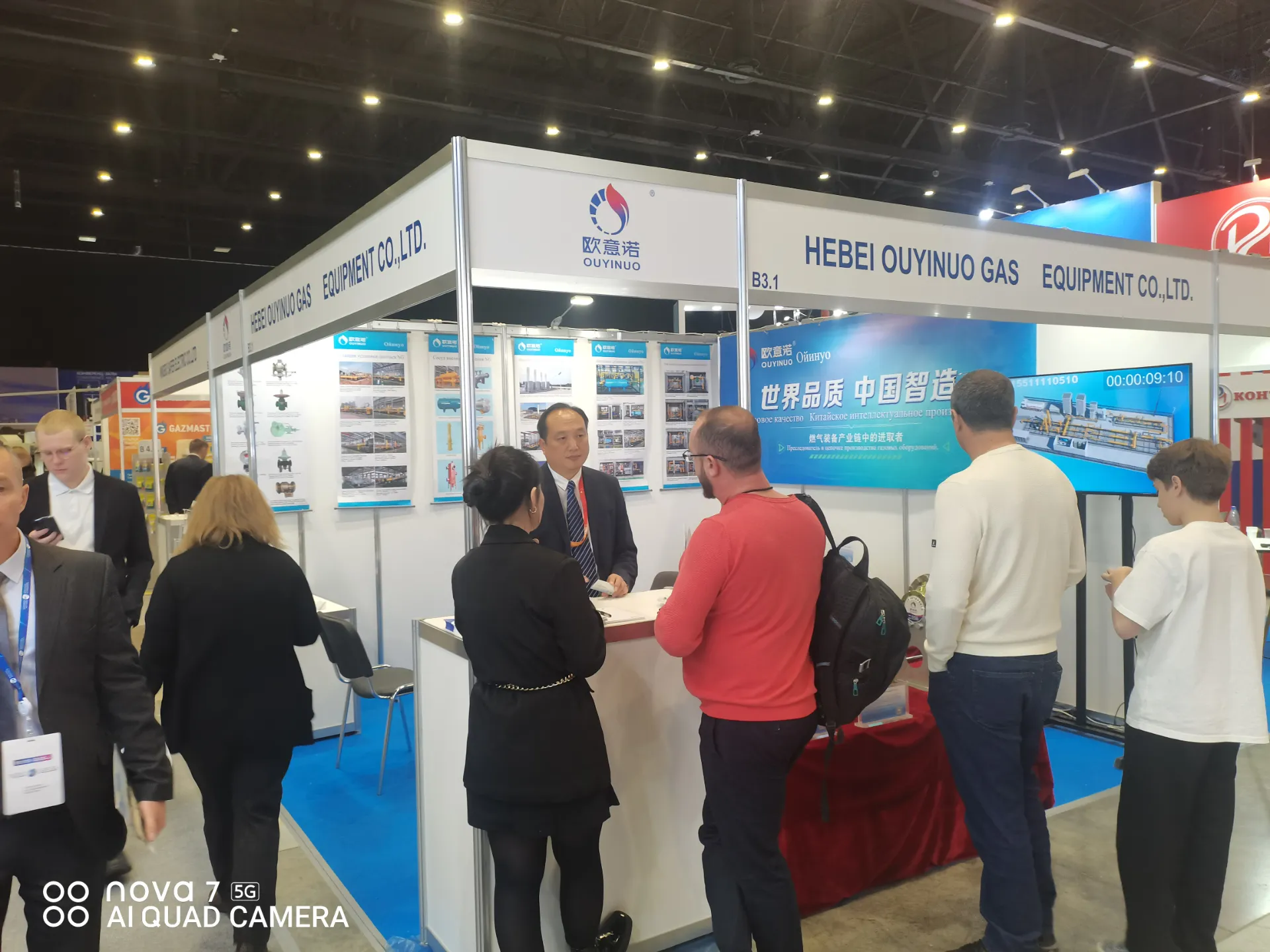
Nov . 10, 2024 09:28
Back to list
Gas Pressure Reduction Valve Function and Applications in Industrial Systems
Gas Pressure Reducing Valve A Vital Component in Gas Systems
Gas pressure reducing valves (GPRVs) play a crucial role in the management and regulation of gas pressure in various applications, from residential heating systems to industrial gas distribution networks. These valves are designed to reduce the high pressure of gas coming from a source, such as a gas line or storage tank, to a lower, more manageable pressure that is safer and more suitable for end-use applications.
How Gas Pressure Reducing Valves Work
The primary function of a GPRV is to maintain gas pressure within a specific, predetermined range. When gas flows into the valve from a high-pressure source, the valve automatically adjusts its mechanism to reduce the pressure to the desired level. This is typically achieved through a diaphragm, spring system, and a valve seat.
When the pressure of the incoming gas exceeds the setpoint, the pressure pushes against the diaphragm, causing it to move. This movement adjusts the valve seat, allowing more gas to flow through and preventing the pressure from rising too high. Conversely, if the outgoing pressure drops below the setpoint, the valve closes slightly to restrict gas flow, stabilizing the system. This continuous adjustment helps ensure a consistent and safe supply of gas for various applications.
Applications and Importance
.
1. Residential Heating In homes with natural gas heating systems, GPRVs ensure that the gas supplied to fireplaces, furnaces, and water heaters is at a safe pressure, preventing dangerous leaks and ensuring efficient combustion.
صمام تخفيض ضغط الغاز

2. Industrial Manufacturing Many industrial processes require specific gas pressures for optimal operation. GPRVs help maintain these requirements in industries such as food processing, chemical production, and pharmaceuticals, ensuring product quality and safety.
3. Gas Distribution Networks Utility companies use GPRVs in their distribution systems to manage the pressure of gas supplied through pipelines, guaranteeing that consumers receive a regulated and safe supply of gas.
4. Research Laboratories Scientific laboratories often use gases in controlled experiments. GPRVs are utilized to maintain precise gas pressure levels, critical for ensuring accurate results and safe operations.
Safety Considerations
Safety is a significant concern when working with gases under pressure. Improperly managed gas pressure can lead to dangerous situations, such as equipment damage, gas leaks, explosions, and fires. As a result, GPRVs often come equipped with safety features, such as pressure relief valves and built-in fail-safes, to minimize the risks associated with high-pressure gas systems.
Regular maintenance and inspection of gas pressure reducing valves are vital to ensure they function correctly. This includes monitoring for any signs of wear, leaks, or other malfunctions. Timely intervention can prevent potential hazards and ensure longevity and performance.
Conclusion
Gas pressure reducing valves are indispensable components of gas systems, allowing for safe, efficient, and stable operation across a wide range of applications. By automatically regulating gas pressure, these valves help protect users and equipment from the perils associated with high-pressure gas supply. As technological advancements continue to evolve, the importance of GPRVs in ensuring safety and efficiency in gas management systems cannot be overstated. Whether in residential, industrial, or commercial settings, investing in reliable gas pressure reducing valves is a critical step in maintaining safety and operational integrity in gas usage.
Latest news
-
Safety Valve Spring-Loaded Design Overpressure ProtectionNewsJul.25,2025
-
Precision Voltage Regulator AC5 Accuracy Grade PerformanceNewsJul.25,2025
-
Natural Gas Pressure Regulating Skid Industrial Pipeline ApplicationsNewsJul.25,2025
-
Natural Gas Filter Stainless Steel Mesh Element DesignNewsJul.25,2025
-
Gas Pressure Regulator Valve Direct-Acting Spring-Loaded DesignNewsJul.25,2025
-
Decompression Equipment Multi-Stage Heat Exchange System DesignNewsJul.25,2025

